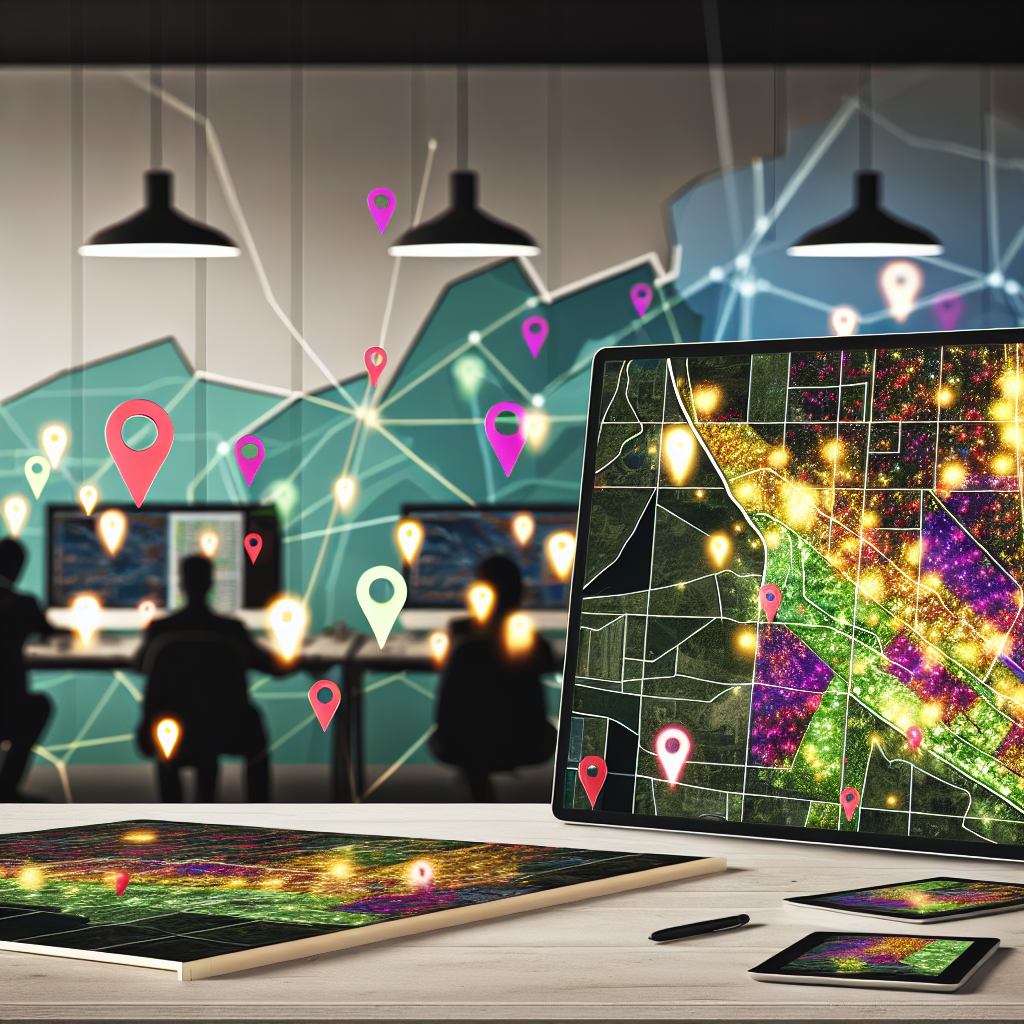
Simulation and Modelling in GIS to Monitor Fallow Land Green Spaces
In today’s rapidly urbanizing world, the importance of maintaining green spaces cannot be overstated. As cities expand, finding innovative ways to manage and sustain these green areas becomes paramount. This is where Geographic Information Systems (GIS), along with simulation and modelling, come into play. By using GIS, planners and environmentalists can effectively monitor fallow land green spaces, ensuring they remain thriving sanctuaries for wildlife, biodiversity, and recreation.
Understanding Fallow Land and its Importance
Fallow land refers to parcels of land that are left unplanted for a period to allow the soil to regain nutrients and improve its health. These areas are not only beneficial for agriculture but also play a critical role in preserving biodiversity and serving as green lungs for urban environments. The presence of fallow land significantly contributes to:
- Climate regulation: Green spaces help in cooling urban areas, which is crucial in combating the heat island effect.
- Habitat Creation: They provide habitats for various species, supporting biodiversity.
- Recreational spaces: Often acting as parks or natural reserves, benefiting urban residents.
The Role of GIS in Monitoring Green Spaces
GIS technology allows for the comprehensive mapping and analysis of geographical data. By leveraging this technology, urban planners and environmentalists can monitor changes in green spaces, predict future patterns, and devise strategies for preservation. Here’s how GIS aids in monitoring fallow land green spaces:
Geospatial Data Collection
The first step in utilizing GIS is the collection of geospatial data. This data can be gathered using various methods such as satellite imagery, aerial surveys, and ground-based data collection. The information collected helps in understanding the current state of the green spaces and sets the foundation for further analysis.
Modelling and Simulation
Once the data is collected, it is integrated into GIS software. This is where modelling and simulation come into play:
- Landscape Modelling: Helps in visualizing the current landscape and predicting changes over time based on various factors like urban expansion or climate change.
- Simulation of Land-Use Changes: Predicts how changes in land use will impact fallow land, providing a crucial tool for making informed decisions.
Predictive Analytics
GIS facilitates predictive analytics, which is essential for future planning. By analyzing historical data and current trends, GIS can predict potential future scenarios for green spaces. This includes predicting where green spaces could be lost due to urban development, or identifying areas where green space could be created or restored.
The Impact of GIS on Sustainable Urban Planning
The integration of GIS in urban planning goes beyond simple monitoring. With its ability to simulate and model different scenarios, GIS helps stakeholders in:
Developing Green Infrastructure
- Resource Allocation: Identifying where resources are best utilized for maximum green space sustainability.
- Policy Formulation: Assisting policymakers in formulating policies that protect and expand green spaces.
Community Engagement and Education
GIS can be used as a powerful tool for community engagement. By visualizing data, communities can better understand the significance of fallow lands and participate in their preservation. Educational programs can utilize GIS data to teach the importance of biodiversity and environmental stewardship.
Challenges and Future Directions
While GIS offers numerous benefits, the implementation of this technology does come with challenges:
Data Accuracy and Availability
Ensuring that geospatial data is accurate and up-to-date is crucial. The quality of the GIS output is directly proportional to the quality of the input data. Increased efforts in data collection and validation are necessary to realize the full potential of GIS.
Technological Advancements
As technology evolves, so too must the tools used in GIS. The integration of Artificial Intelligence (AI) and Machine Learning (ML) in GIS could further enhance predictive analytics and simulation accuracy, offering even deeper insights into the conservation and management of fallow land green spaces.
Conclusion
The usage of simulation and modelling within GIS to monitor fallow land green spaces represents a significant advancement for urban planners and environmentalists. It empowers stakeholders to make informed decisions, helps preserve biodiversity, and ensures sustainable urban development. By addressing the challenges and embracing future technological advancements, GIS will continue to be an invaluable tool in the pursuit of environmental stewardship and sustainable city planning.
As urban areas continue to expand, the innovative use of GIS in the monitoring and maintenance of green spaces becomes more vital than ever. As a key instrument in managing urban biodiversity and sustainability, GIS stands at the forefront, guiding us towards a more balanced coexistence with our natural environment.
